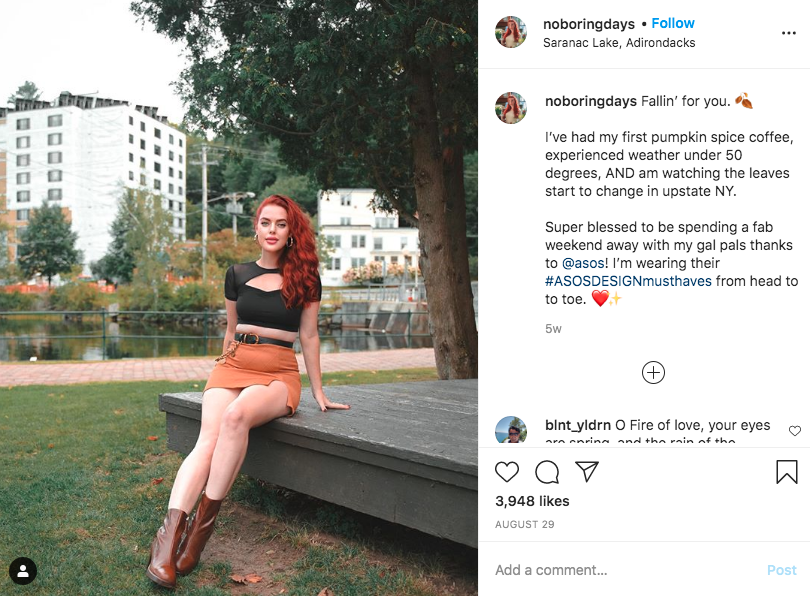From the very beginning, you should be thinking of how to track your influencer campaigns. After all, a campaign is worth nothing if you can’t measure its success. And while some results may be noticeable, like a sudden boost in sales, there are a lot of things that might fly under your radar.
Therefore, it’s important to have your data back you up. As influencer campaigns take place entirely online, analytics programs can see what human eyes might not catch. For example, who’s generating more traffic for your website – your Instagram influencers or your Youtube influencers? You might not be able to tell, unless you have some help.
Keep reading to brush up on a few data elements that can help you track your influencer campaigns.
UTM parameters
UTM stands for urchin tracking module. Urchin was a web analytics program that Google bought and later relaunched as Google Analytics. When using UTMs in combination with Google Analytics, you can see which links in your campaign refer which traffic to your website. UTMs offer a great way to track your influencer campaigns’ traffic to see which platform and which influencer has been the most effective.
There are five types of UTMs, but let’s focus on three of them:
- utm_source – the referrer, which site sent the traffic to you
- utm_medium – the medium used to send the traffic
- utm_campaign – the name of the campaign or promotion
So for example, if you’re planning to launch an Instagram campaign with Kylie Jenner to promote your fall fashion line, your link might look something like this:
https://yourcompany.com?utm_souce=Instagram&utm_medium=kylie&utm_campaign= fall_line
If you’re new to influencer marketing and this seems like a lot, don’t panic. Google has a Campaign URL Builder where you can input your UTMs and copy/paste the finished link. And for more info about UTMs, check out Analytics Support.
Link managers
Another option for tracking traffic that comes from different campaign links is a link manager. Also known as link shorteners, these programs are especially useful on social networks where you have limited space for text. Bitly is a popular example of a link shortener and manager.
In addition to providing you with profile-friendly branded links, these platforms also provide their own analytics tracking that let you assess a variety of metrics. While they can be a good option for some brands, just remember that these services also come with a subscription fee.
Branded hashtags
On social networks that use hashtags, branded hashtags can be a great way to help keep track of the content that influencers upload for your campaign. If you’re working with many influencers, this can be especially useful, as tracking the hashtag will let you watch their content roll in.

Brand mentions
Brand mentions work similarly to branded hashtags. If you ask your influencers to tag your brand when uploading content, most platforms will send you a notification when that happens. This way, you’ll know when influencers are talking about your brand.

Keep in mind that many countries have regulations about when influencers must disclose a collaboration. Stay up to date with any applicable guidelines, and make sure your influencers are clear about what they need to do on their end. Instagram, for example, offers the option to tag a business partner, which puts the “paid partnership” subheading on posts. This way, the audience is aware that the post is for a collaboration.
Discount codes
If your marketing goal is to increase sales, a great way to track your influencer campaign is with personalized discount codes. If you create unique codes for each influencer working on the campaign, later on you can check which brought in the most sales.
Don’t make your discount codes too long or complicated. At the end of the day, they need to be user-friendly. While most people will probably copy and paste, you don’t want to turn anyone off by making them manually enter a long or annoying code.

Conclusion
These pieces of data only scratch the surface of campaign tracking. But if you’re new to influencer marketing, they’re a good place to start while getting oriented when it comes to analytics. If you still feel overwhelmed, it’s okay. Just consider your goals, your strategy for achieving those, and then think about how you can measure that strategy’s performance.




